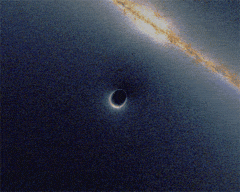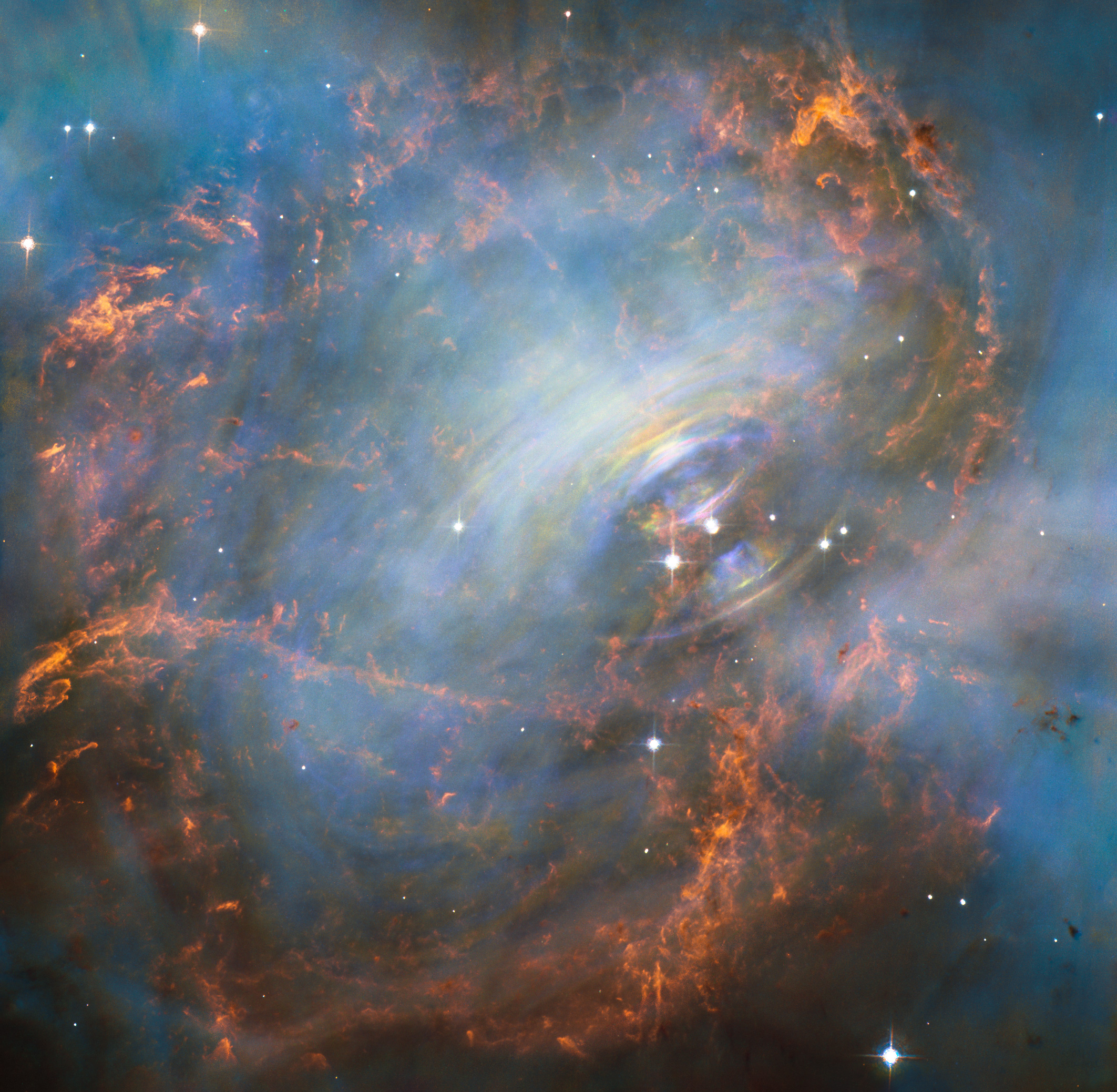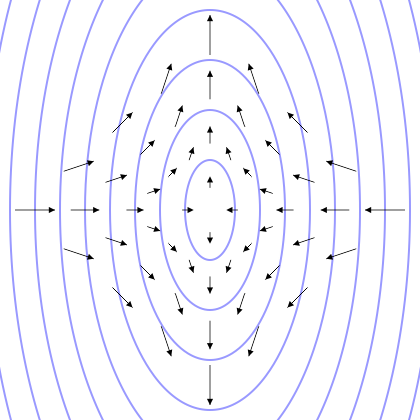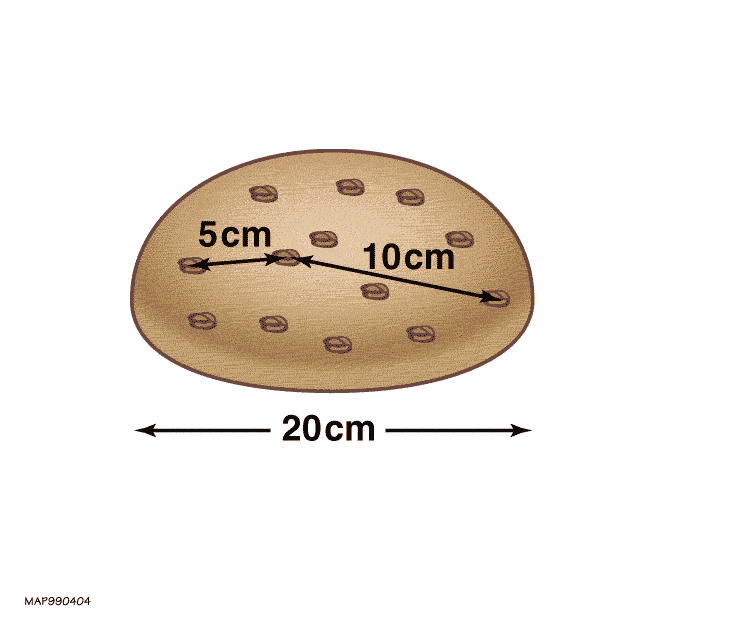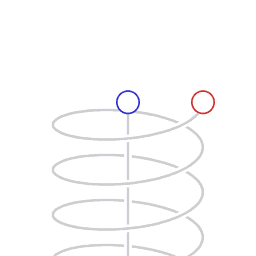|
Shell Collapsar
A shell collapsar is a proposed alternative explanation for the observations of black hole candidates. In this concept, matter collapses onto the event horizon, forming a compact shell of ultra-high density. Being of neutron star size (~11km), this hypothetical object strongly deflects light rays like a black hole, but has no central point-like singularity. The term ''shell collapsar'' was first proposed by Trevor W. Marshall in 2009 and 2012, then more firmly established in 2016. It predicts the existence of neutron star masses beyond the Tolman–Oppenheimer–Volkoff limit of , thus providing an alternative to stellar-mass black holes for the highly compact bodies that merge to produce gravitational wave signals. In 2011, Jun Ni explored the theoretical framework of neutron stars within the context of general relativity. He discusses solutions to the field equations that do not impose a maximum mass limit on neutron stars, which challenges the conventional understanding that ... [...More Info...] [...Related Items...] OR: [Wikipedia] [Google] [Baidu] |
Black Hole
A black hole is a massive, compact astronomical object so dense that its gravity prevents anything from escaping, even light. Albert Einstein's theory of general relativity predicts that a sufficiently compact mass will form a black hole. The boundary (topology), boundary of no escape is called the event horizon. A black hole has a great effect on the fate and circumstances of an object crossing it, but has no locally detectable features according to general relativity. In many ways, a black hole acts like an ideal black body, as it reflects no light. Quantum field theory in curved spacetime predicts that event horizons emit Hawking radiation, with thermal radiation, the same spectrum as a black body of a temperature inversely proportional to its mass. This temperature is of the Orders of magnitude (temperature), order of billionths of a kelvin for stellar black holes, making it essentially impossible to observe directly. Objects whose gravitational fields are too strong for ... [...More Info...] [...Related Items...] OR: [Wikipedia] [Google] [Baidu] |
Event Horizon
In astrophysics, an event horizon is a boundary beyond which events cannot affect an outside observer. Wolfgang Rindler coined the term in the 1950s. In 1784, John Michell proposed that gravity can be strong enough in the vicinity of massive compact objects that even light cannot escape. At that time, the Newtonian theory of gravitation and the so-called corpuscular theory of light were dominant. In these theories, if the escape velocity of the gravitational influence of a massive object exceeds the speed of light, then light originating inside or from it can escape temporarily but will return. In 1958, David Finkelstein used general relativity to introduce a stricter definition of a local black hole event horizon as a boundary beyond which events of any kind cannot affect an outside observer, leading to information and firewall paradoxes, encouraging the re-examination of the concept of local event horizons and the notion of black holes. Several theories were subsequently d ... [...More Info...] [...Related Items...] OR: [Wikipedia] [Google] [Baidu] |
Deflection (physics)
Deflection is a change in a moving object's velocity, hence its trajectory, as a consequence of contact (collision) with a surface or the influence of a non-contact force Field (physics), field. Examples of the former include a ball bouncing off the ground or a bat; examples of the latter include a Cathode ray, beam of electrons used Cathode ray tube, to produce a picture, or the General relativity#Light deflection and gravitational time delay, relativistic bending of light due to gravity. Deflective efficiency An object's deflective efficiency can never equal or surpass 100%, for example: *a mirror will never Reflection (physics), reflect exactly the same amount of light cast upon it, though it may concentrate the light which is reflected concave mirror, into a narrower beam. *on hitting the ground, a ball previously in Free fall, free-fall (meaning no force other than gravity acted upon it) will never bounce back up to the place where it first started to descend. This tran ... [...More Info...] [...Related Items...] OR: [Wikipedia] [Google] [Baidu] |
Gravitational Singularity
A gravitational singularity, spacetime singularity, or simply singularity, is a theoretical condition in which gravity is predicted to be so intense that spacetime itself would break down catastrophically. As such, a singularity is by definition no longer part of the regular spacetime and cannot be determined by "where" or "when”. Gravitational singularities exist at a junction between general relativity and quantum mechanics; therefore, the properties of the singularity cannot be described without an established theory of quantum gravity. Trying to find a complete and precise definition of singularities in the theory of general relativity, the current best theory of gravity, remains a difficult problem. A singularity in general relativity can be defined by the scalar invariant curvature becoming infinite or, better, by a geodesic being incomplete. General relativity predicts that any object collapsing beyond its Schwarzschild radius would form a black hole, inside ... [...More Info...] [...Related Items...] OR: [Wikipedia] [Google] [Baidu] |
Trevor W
Trevor ( Trefor in the Welsh language) is a common given name or surname of Welsh origin. It is an habitational name, deriving from the Welsh ''tre(f)'', meaning "homestead", or "settlement" and ''fawr'', meaning "large, big". The Cornish language equivalent is Trevorrow and is most associated with Ludgvan. Trevor is also a reduced Anglicized form of the Gaelic ''Ó Treabhair'' (descendant of Treabhar), which may derive from the original Welsh name. As a surname People *Claire Trevor (1910–2000), American actress *Hugh Trevor (1903–1933), American actor * John Trevor (other), various people *William Trevor (1928–2016), Irish writer *William Spottiswoode Trevor (1831–1907), recipient of the Victoria Cross Fictional characters *Steve Trevor, in the DC Comics, 1970s television series and 2017 film ''Wonder Woman'' As a given name People *Trevor Ariza (born 1985), American basketball player *Trevor Bailey, English cricketer *Trevor Bauer, American baseball playe ... [...More Info...] [...Related Items...] OR: [Wikipedia] [Google] [Baidu] |
Neutron Star
A neutron star is the gravitationally collapsed Stellar core, core of a massive supergiant star. It results from the supernova explosion of a stellar evolution#Massive star, massive star—combined with gravitational collapse—that compresses the core past white dwarf star density to that of Atomic nucleus, atomic nuclei. Surpassed only by black holes, neutron stars are the second smallest and densest known class of stellar objects. Neutron stars have a radius on the order of and a mass of about . Stars that collapse into neutron stars have a total mass of between 10 and 25 solar masses (), or possibly more for those that are especially rich in Metallicity, elements heavier than hydrogen and helium. Once formed, neutron stars no longer actively generate heat and cool over time, but they may still evolve further through Stellar collision, collisions or Accretion (astrophysics), accretion. Most of the basic models for these objects imply that they are composed almost entirely o ... [...More Info...] [...Related Items...] OR: [Wikipedia] [Google] [Baidu] |
Tolman–Oppenheimer–Volkoff Limit
The Tolman–Oppenheimer–Volkoff limit (or TOV limit) is an upper bound to the mass of cold, non-rotating neutron stars, analogous to the Chandrasekhar limit for white dwarf stars. Stars more massive than the TOV limit collapse into a black hole. The original calculation in 1939, which neglected complications such as nuclear forces between neutrons, placed this limit at approximately 0.7 solar masses (). Later, more refined analyses have resulted in larger values. Theoretical work in 1996 placed the limit at approximately 1.5 to 3.0 , corresponding to an original stellar mass of 15 to 20 ; additional work in the same year gave a more precise range of 2.2 to 2.9 . Data from GW170817, the first gravitational wave observation attributed to merging neutron stars (thought to have collapsed into a black hole within a few seconds after merging) placed the limit in the range of 2.01 to 2.17 . In the case of a rigidly spinning neutron star, meaning that different levels in the interio ... [...More Info...] [...Related Items...] OR: [Wikipedia] [Google] [Baidu] |
Gravitational Wave
Gravitational waves are oscillations of the gravitational field that Wave propagation, travel through space at the speed of light; they are generated by the relative motion of gravity, gravitating masses. They were proposed by Oliver Heaviside in 1893 and then later by Henri Poincaré in 1905 as the gravitational equivalent of Electromagnetic radiation, electromagnetic waves. In 1916, Albert Einstein demonstrated that gravitational waves result from his general theory of relativity as ripples in spacetime. Gravitational waves transport energy as gravitational radiation, a form of radiant energy similar to electromagnetic radiation. Newton's law of universal gravitation, part of classical mechanics, does not provide for their existence, instead asserting that gravity has instantaneous effect everywhere. Gravitational waves therefore stand as an important relativistic phenomenon that is absent from Newtonian physics. Gravitational-wave astronomy has the advantage that, unlike elec ... [...More Info...] [...Related Items...] OR: [Wikipedia] [Google] [Baidu] |
General Relativity
General relativity, also known as the general theory of relativity, and as Einstein's theory of gravity, is the differential geometry, geometric theory of gravitation published by Albert Einstein in 1915 and is the current description of gravitation in modern physics. General theory of relativity, relativity generalizes special relativity and refines Newton's law of universal gravitation, providing a unified description of gravity as a geometric property of space and time in physics, time, or four-dimensional spacetime. In particular, the ''curvature of spacetime'' is directly related to the energy and momentum of whatever is present, including matter and radiation. The relation is specified by the Einstein field equations, a system of second-order partial differential equations. Newton's law of universal gravitation, which describes gravity in classical mechanics, can be seen as a prediction of general relativity for the almost flat spacetime geometry around stationary mass ... [...More Info...] [...Related Items...] OR: [Wikipedia] [Google] [Baidu] |
Hubble Tension
Hubble's law, also known as the Hubble–Lemaître law, is the observation in physical cosmology that galaxies are moving away from Earth at speeds proportional to their distance. In other words, the farther a galaxy is from the Earth, the faster it moves away. A galaxy's recessional velocity is typically determined by measuring its redshift, a shift in the frequency of light emitted by the galaxy. The discovery of Hubble's law is attributed to work published by Edwin Hubble in 1929, but the notion of the universe expanding at a calculable rate was first derived from general relativity equations in 1922 by Alexander Friedmann. The Friedmann equations showed the universe might be expanding, and presented the expansion speed if that were the case. Before Hubble, astronomer Carl Wilhelm Wirtz had, in 1922 and 1924, deduced with his own data that galaxies that appeared smaller and dimmer had larger redshifts and thus that more distant galaxies recede faster from the observer. In 1 ... [...More Info...] [...Related Items...] OR: [Wikipedia] [Google] [Baidu] |
Void (astronomy)
Cosmic voids (also known as dark space) are vast spaces between Galaxy filament, filaments (the largest-scale structures in the universe), which contain void galaxy, very few or no Galaxy, galaxies. In spite of their size, most galaxies are not located in voids. This is because most galaxies are gravitationally bound together, creating huge cosmic structures known as galaxy filaments. The cosmological evolution of the void regions differs drastically from the evolution of the universe as a whole: there is a long stage when Shape_of_the_universe#Curvature_of_the_universe, the curvature term dominates, which prevents the formation of galaxy clusters and massive galaxies. Hence, although even the emptiest regions of voids contain more than ~15% of the average matter density of the universe, the voids look almost empty to an observer. Voids typically have a diameter of 10 to 100 Parsec#Megaparsecs and gigaparsecs, megaparsecs (30 to 300 million light-years); particularly large void ... [...More Info...] [...Related Items...] OR: [Wikipedia] [Google] [Baidu] |
Time Dilation
Time dilation is the difference in elapsed time as measured by two clocks, either because of a relative velocity between them (special relativity), or a difference in gravitational potential between their locations (general relativity). When unspecified, "time dilation" usually refers to the effect due to velocity. The dilation compares "wristwatch" clock readings between events measured in different inertial frames and is not observed by visual comparison of clocks across moving frames. These predictions of the theory of relativity have been repeatedly confirmed by experiment, and they are of practical concern, for instance in the operation of satellite navigation systems such as GPS and Galileo. Invisibility Time dilation is a relationship between clock readings. Visually observed clock readings involve delays due to the propagation speed of light from the clock to the observer. Thus there is no direct way to observe time dilation. As an example of time dilation, two expe ... [...More Info...] [...Related Items...] OR: [Wikipedia] [Google] [Baidu] |



